
|
We often discard of cutoffs of vegetables, apple cores and paper-towel rolls, but did you know that you can reuse many of them in ways you never imagined? |
|
Regrow 1. Sprouted potatoes: Both regular and sweet potatoes that have sprouted shouldn't be discarded. Instead, put them in some soil or in water and let them become a beautifully decorative potato plant. |
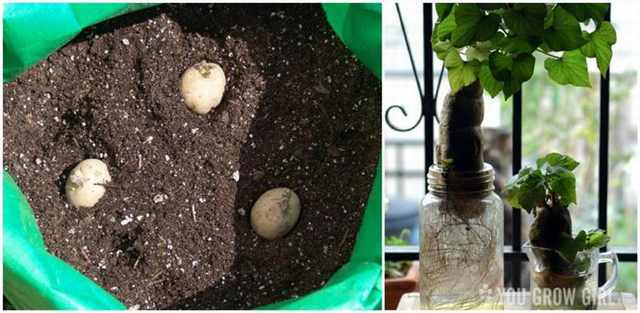 |
|
2. Celery & Lettuce stumps: Simply place them in water and in a few days you'll see that they're sprouting back! Just remember to change the water from time to time. |
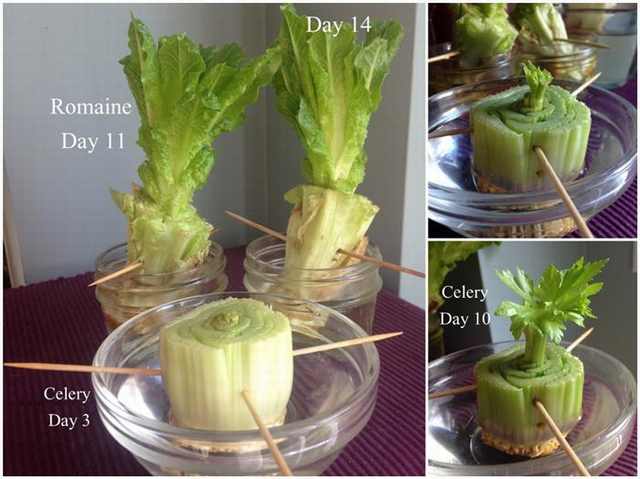 |
|
3. Carrot tops: Yes, you can keep that carrot top and put it in water and the carrot will start sprouting and growing roots. Once it grows a nice amount of roots, transplant it in a pot or in the ground and soon enough you'll be able to use it again. You can repeat this process many times! |
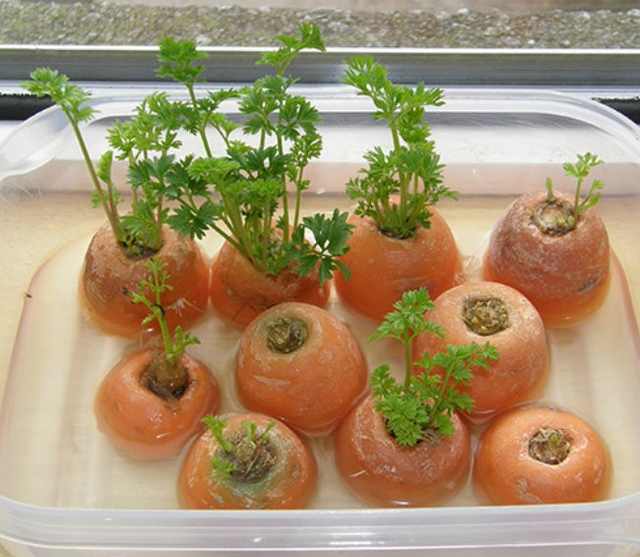 |
|
4. Spring Onion stumps: Leave the bottoms in a jar of water (remember to change the water from time to time) and just snip the tops - you'll never run out of green onions! |
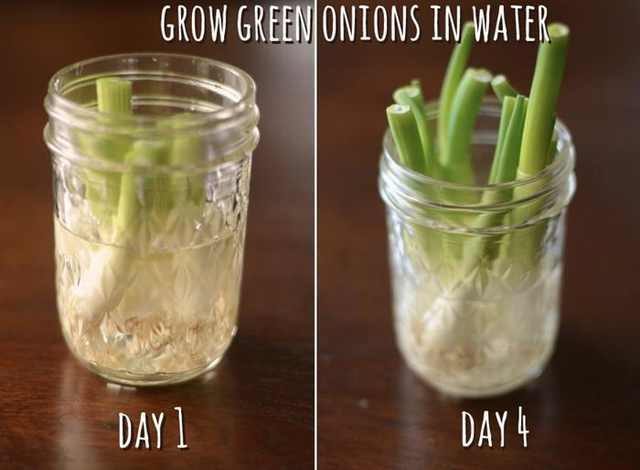 |
|
5. Pineapple tops: While this takes longer than the others above, you can actually regrow a pineapple plant from the crown of the pineapple! |
|
Peels, Skins and Shells |
|
|
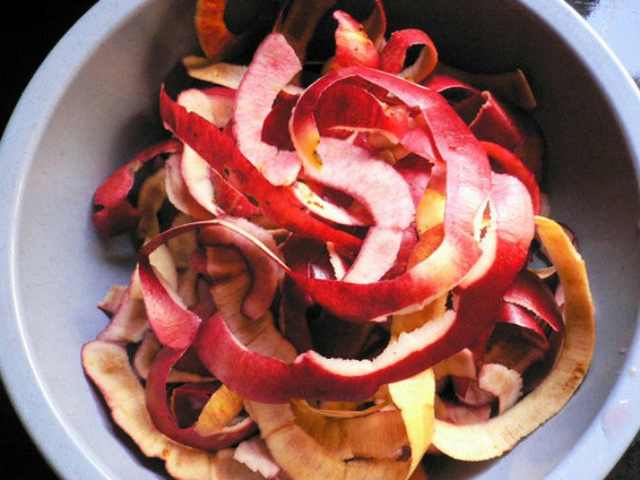 |
|
7. Citrus skins: Chop and place around your house & garden and enjoy their insect-repelling abilities, add to a smoothie for some extra fiber or toss them in your garbage disposal to give it a fresh citrusy scent. |
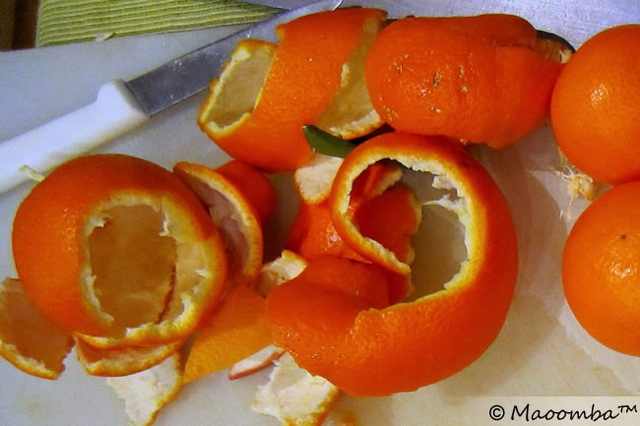 |
|
8. Banana skins: Rub on your skin to relieve insect bites, rashes and psoriasis. Leave some in the garden as pest-repellant, use as a natural polish for shoes and silver, and even add them to boneless meat dishes to prevent the meat from drying out! |
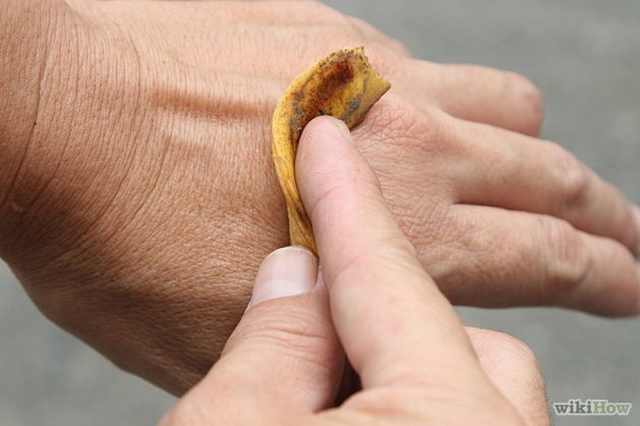 |
|
9. Onion & Garlic skins: They contain copious amounts of nutrients, so feel free to use them as soup stock! |
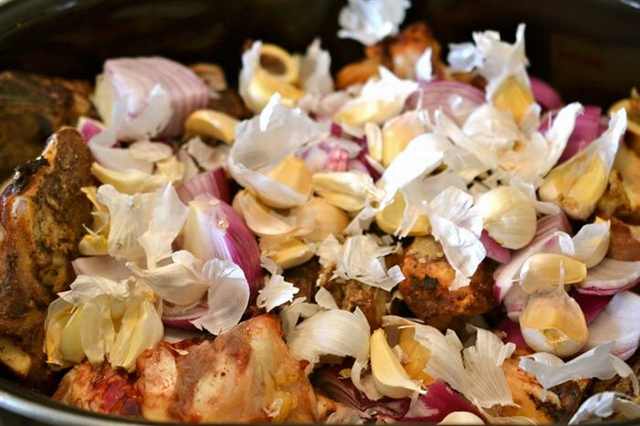 |
|
9. Watermelon rinds: Rub on your skin to relieve Acne or turn them into preserves or pickles! |
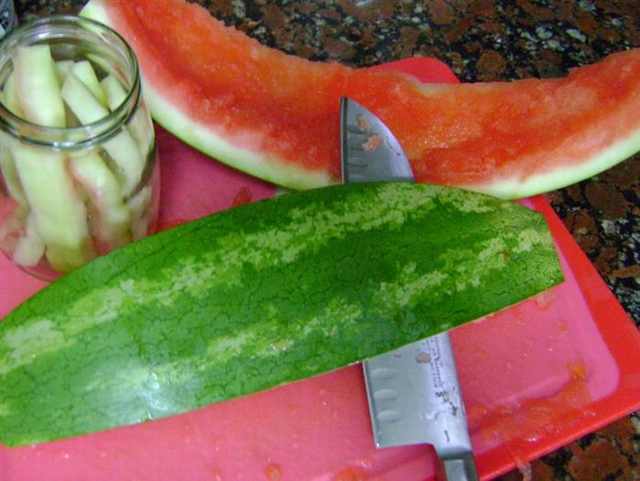 |
|
11. Egg shells: Use fine powder made of shells in a filter with cheap coffee to reduce its bitterness or grind and mix into soil for extra calcium. |
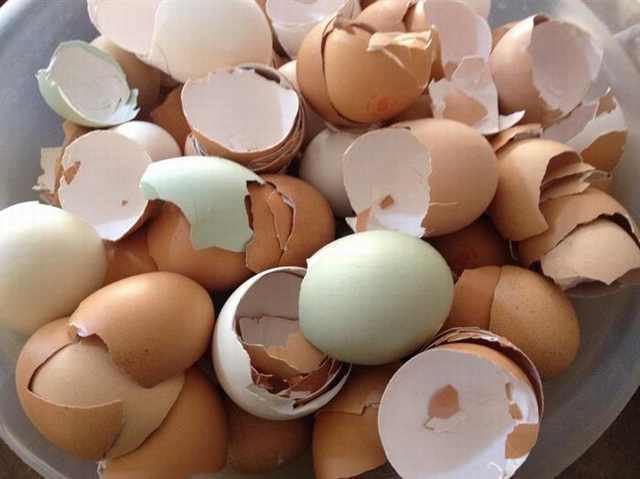 |
|
originshobbyfarm.wordpress.com Cores, Stalks & Leaves |
|
12. Broccoli stalks & leaves: You can eat them! Add the leaves to salad, along with fresh (or boiled) chopped stalks. |
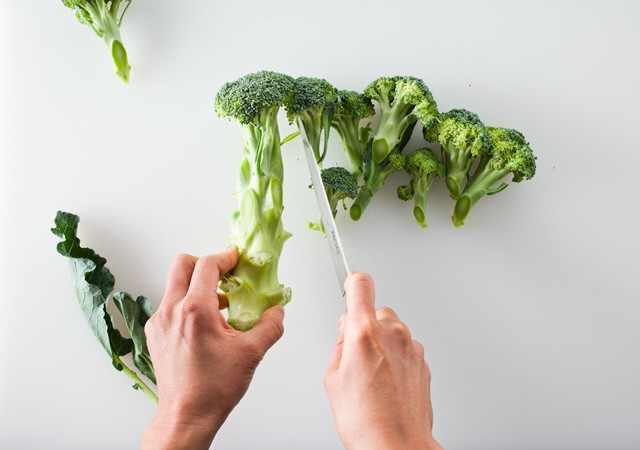 |
|
13. Celery leaves: Also edible! Add to soups, stews or as garnish. |
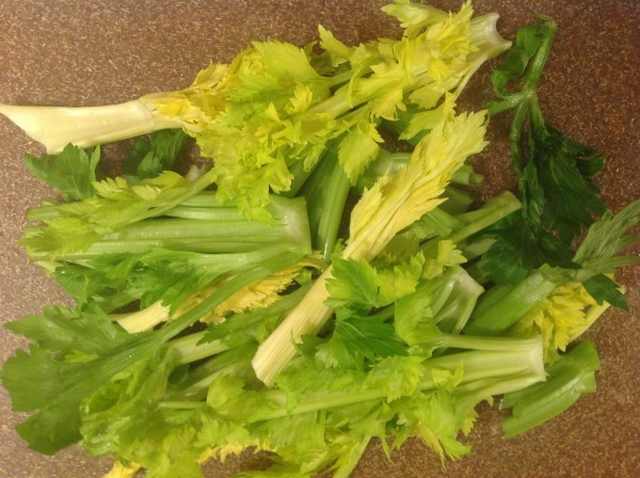 |
|
14. Apple cores: Use them to make vinegar (instructions: thenourishingcook.com)
|
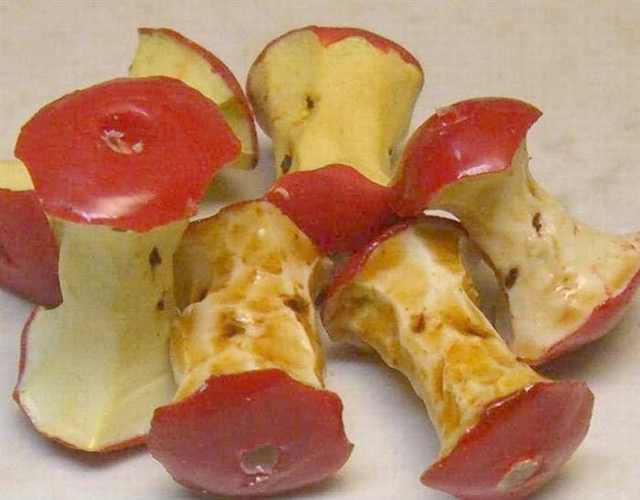 |
|
15. Kale stems: Rich in nutrients and fiber - you can add them to smoothies or dry and grind them, then add to salt for interesting seasoning. |
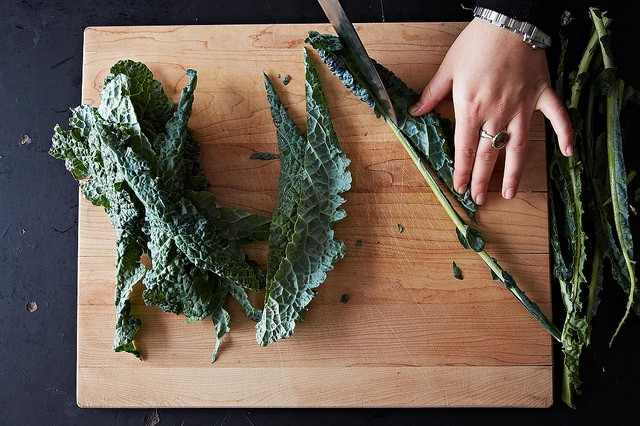 |
|
Leftovers |
|
16. Fruit/Vegetable pulp: Got a juicer? Don't throw away the leftover pulp! You can add it to smoothies, to dough when you make bread, and mix into pancake batter for extra flavor! |
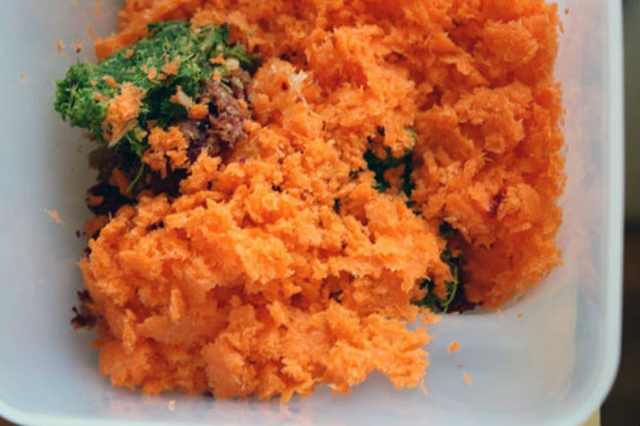 |
|
17. Almond pulp: Making your own almond milk? Dry the leftover pulp and grind it into gluten-free almond flour! |
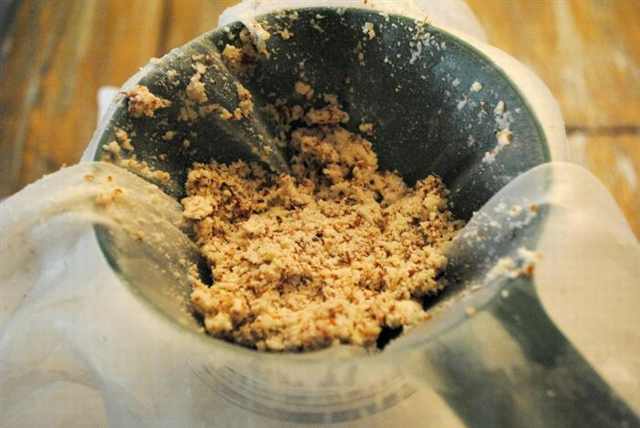 |
|
18. Pickle juice: Finished your pickles? Just add fresh veggies into the jar and let it sit for a few days for more fresh pickles! |
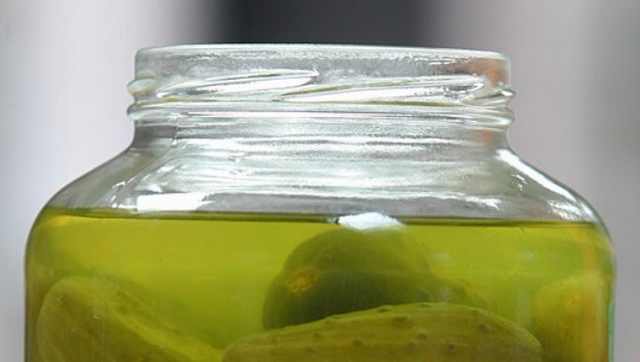 |
|
Non-Organics |
|
19. Paper Towel / Toilet rolls: Use as a simple and easy way to store power chords and electronics-cables. |
 |
|
20. Wine corks: Hollow them out, hang on the wall and add some soil for an amazing mini-succulent planters! |
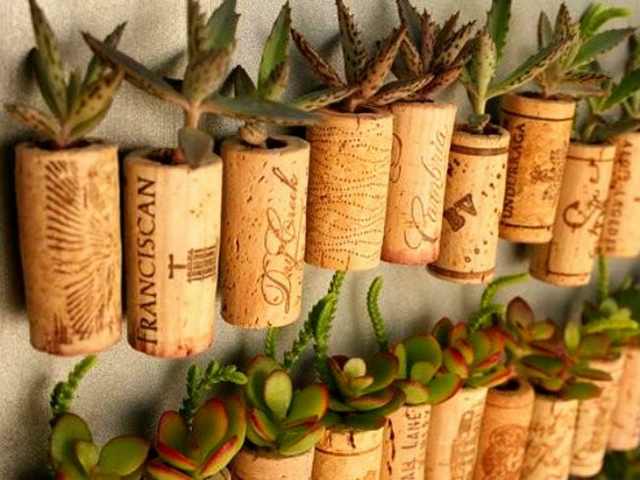 |
|
21. Egg cartons: Use as paint-holders for kids, keep your ornaments safe and your golf-balls in order. |
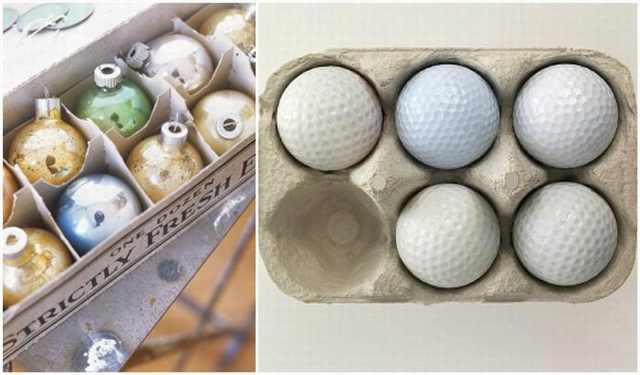 |
|
22. Coffee filters: No muffin-liners? Just use filters! Rinsed and dried filters can be used as dust-wipes while damp filters are great for shining shoes. |
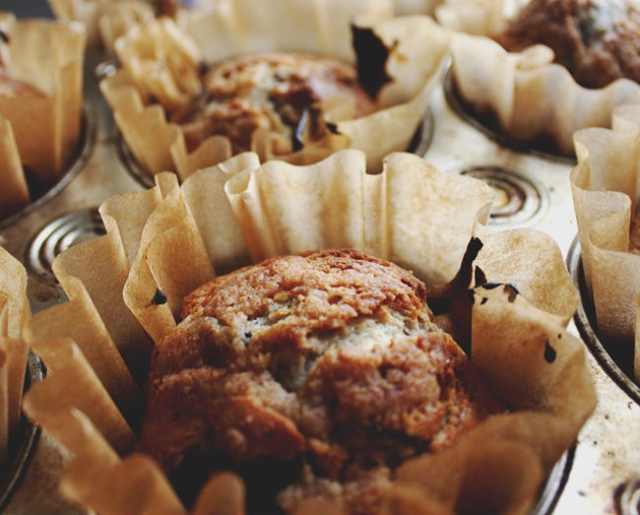 |
|
23. Fruit mesh sacks: Scrunch up and use as pot-scrubbers! |
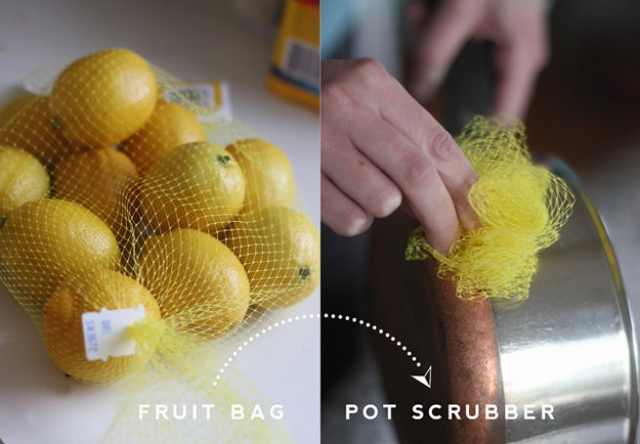 |
|
24. Juice/Milk cartons: Cut the bottom and use as a planter and use the top as a cute little bird-house! |
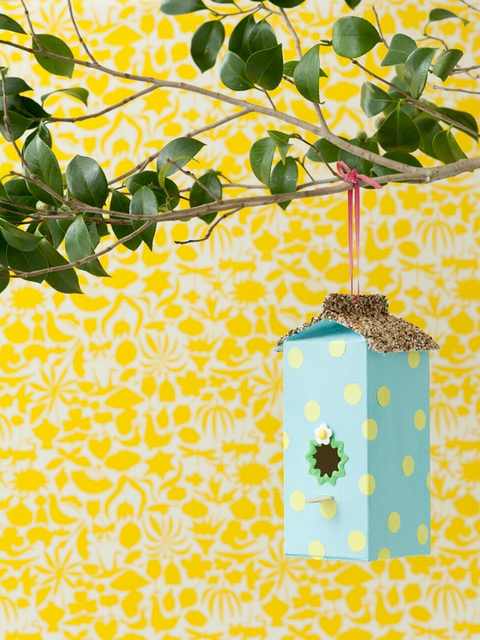 |